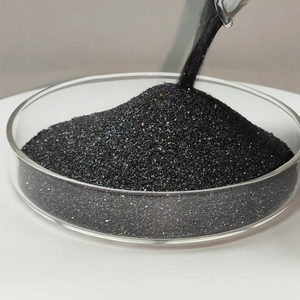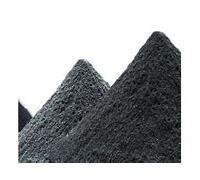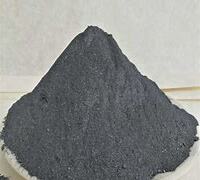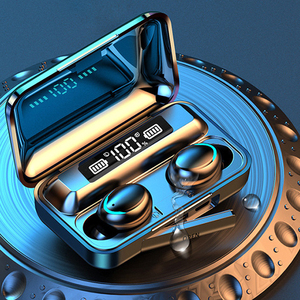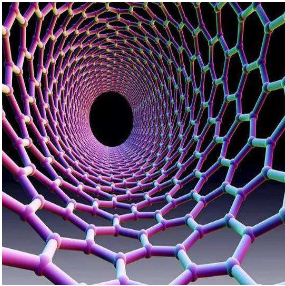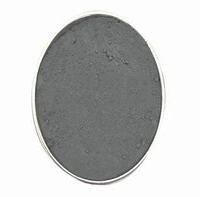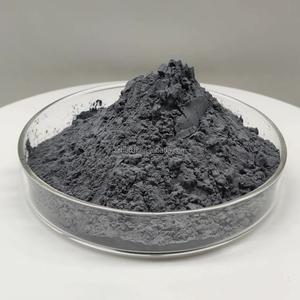Professional graphite material supplier, graphite for EV, grease, furnace and any other industries.
(A Major Focus of Lithium Battery Safety – Electrolyte.)
In this era, lithium batteries are widely used, and lithium batteries are common in data centers, communication base stations, rail transit, and industrial integration. Lithium batteries are so widely used in our lives, so the safety and durability of lithium batteries have become the focus of our attention.A major focus of lithium battery safety – electrolyte.
Electrolyte is one of the four key materials (positive electrode, negative electrode, separator, electrolyte) of lithium battery. It is called "blood" of lithium battery. It acts as a conduction electron between the positive and negative electrodes in lithium battery, and it is high in lithium ion battery. The guarantee of the advantages of voltage and high specific energy.
We know that conventional lithium-ion batteries use non-aqueous organic solvents. When the battery is heated due to internal short-circuit, the electrolyte is decomposed by heat to generate gas, and the battery expands, which in turn causes the battery to explode.
In a conventional battery, an electrolyte system in which water is usually used as a solvent, but since the theoretical decomposition voltage of water is 1.23 V, considering the overpotential of hydrogen or oxygen, the battery voltage of the electrolyte system using water as a solvent is only 2 V at the highest. Left and right (eg lead-acid battery).
In lithium-ion batteries, the operating voltage of the battery is usually as high as 3~4V, and the traditional aqueous solution is no longer suitable. Therefore, a non-aqueous electrolyte system must be used as the electrolyte of the lithium ion battery. The non-aqueous organic solvent is the main component of the electrolyte.
The electrolyte consists mainly of three parts:
(1) Solvent: cyclic carbonate (PC, EC); chain carbonate (DEC, DMC, EMC); carboxylate (MF, MA, EA, MA, MP, etc.); (for dissolving lithium salt )
(2) lithium salt: LiPF6, LiClO4, LiBF4, LiAsF6, etc.;
(3) Additives: film-forming additives, conductive additives, flame retardant additives, over-charge protection additives, additives for controlling H2O and HF content in electrolytes, additives for improving low-temperature properties, multifunctional additives;
Electrolytes for lithium ion batteries should generally meet the following basic requirements:
a. High ionic conductivity, generally should reach 1×10-3~2×10-2 S/cm
b. High thermal and chemical stability, no separation over a wide voltage range
c. Wide electrochemical window for stable electrochemical performance over a wide voltage range.
d. Good compatibility with other parts of the battery such as electrode materials, electrode current collectors and diaphragms
e. Safe, non-toxic, non-polluting
Increasing the energy density of batteries is the development trend of batteries in the future. The future development trend of electrolytes is also to match batteries, improve energy density, safety and consistency.
The development of electrolyte application technology is based on the improvement of the energy density of the supporting battery and the improvement of the performance of the existing system. Therefore, according to the development trend of the battery in the future, a series of problems to be solved are listed, such as how to combine the electrolyte with high voltage and high energy density. With each company, there are different solutions. The current solution is the application of additives and the addition of some new solvents.
High quality graphite manufacturer
If you need graphite powder, please feel free to contact: sales@graphite-corp.com
(A Major Focus of Lithium Battery Safety – Electrolyte.)

